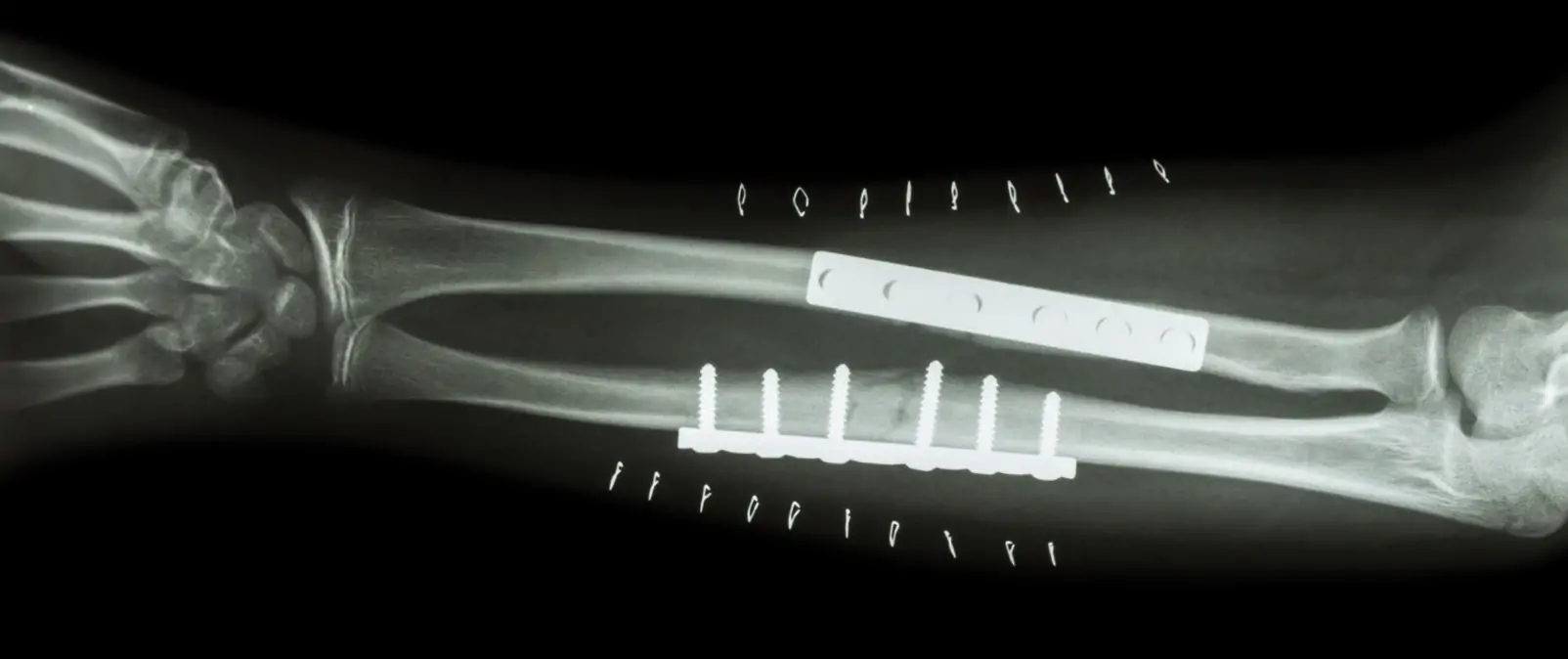
Broken bones are a common injury. Simple breaks heal easily. Complex fractures are different. They present unique challenges. Bone fragments might be many. The break could affect joints. Surrounding tissues often suffer too. These injuries need special care. Orthopedic surgeons step in. Their expertise is crucial. It’s a difficult puzzle.
How Orthopedic Surgeons Handle Complex Fractures
Orthopedic surgeons handle complex fractures expertly. These aren’t simple cast jobs. They require deep anatomical knowledge. Surgical skill is also paramount. Every case is a unique problem. Surgeons assess damage thoroughly. They plan meticulous repairs. The goal is restoring function. It’s a demanding specialty. They work to rebuild stability. It’s a delicate balance always.
Initial Assessment and Diagnosis
First, thorough assessment is done. Doctors evaluate the injury. They check for swelling or deformity. Nerve and blood vessel damage is crucial. X-rays provide initial views. CT scans offer detailed images. Sometimes MRI scans are needed. These tools show fracture patterns. They reveal bone fragments clearly. Accurate diagnosis guides treatment. It’s the first vital step.
Understanding Fracture Types
Complex fractures vary greatly. Some are open fractures. Bone breaks through the skin. This increases infection risk. Others are comminuted. Many bone pieces are involved. Intra-articular fractures affect joints. Displaced fractures mean bones moved. Each type demands a unique approach. Surgeons classify them carefully. This guides surgical strategy. It’s not a one-size-fits-all.
Surgical Planning and Preparation
Meticulous planning is essential. Surgeons study all imaging. They visualize the repair process. Sometimes 3D models are used. This helps foresee challenges. Specialized tools are prepared. The operating room is set. The surgical team is briefed. Every detail is considered. Preparation minimizes surprises. It sets up successful outcomes. Precision comes from planning.
Open Reduction and Internal Fixation
Open reduction and internal fixation is common. Surgeons make an incision. They expose the broken bone. Fragments are realigned precisely. Plates and screws hold them. Rods might be placed inside bones. This stabilizes the fracture. It promotes proper healing. This method is very effective. It restores anatomical alignment. The hardware stays inside.
External Fixation for Severe Cases
Sometimes, external fixation is used. Pins are placed into the bone. They extend outside the skin. A frame connects these pins. This stabilizes the fracture externally. It’s often used for severe injuries. Especially with significant tissue damage. It allows wound care easily. This is a temporary solution. It might precede internal fixation. It prevents further harm.
Bone Grafting Techniques
Bone grafting might be necessary. Large bone gaps can occur. These need filling to heal. Bone grafts provide new material. They can come from the patient. Or from a donor source. Synthetic materials also exist. Grafts stimulate new bone growth. They provide structural support. This helps bridge missing pieces. It’s crucial for healing.
Managing Soft Tissue Injuries
Soft tissue injuries are common. Muscles, tendons, ligaments suffer. Nerves and blood vessels can be damaged. Surgeons address these carefully. Repairs are often complex. They require delicate techniques. Addressing soft tissues aids healing. It prevents long-term problems. Rehabilitation depends on this. It’s not just about bones.
Post-Operative Care and Recovery
Post-operative care is crucial. Pain management is paramount. Wound care prevents infection. Physical therapy begins early. It restores movement and strength. Weight-bearing restrictions are common. Follow all instructions carefully. Your recovery depends on this. It’s a long, challenging road. Patience is very important.
Physical Therapy and Rehabilitation
Physical therapy is vital. It starts soon after surgery. Therapists guide your exercises. They help regain range of motion. Strength training is introduced gradually. Balance and coordination improve. It’s a critical part of healing. Consistency is key for results. Don’t skip your sessions. Your recovery needs this effort.
Monitoring for Complications
Surgeons monitor for issues. Infections are a major concern. Nerve damage can persist. Non-union is when bone doesn’t heal. Malunion is when it heals crookedly. Hardware complications can arise. Regular follow-ups detect these. Early intervention helps recovery. Your vigilance is also important. Report any new symptoms.
The Role of Advanced Technology
Advanced technology assists greatly. Robotic surgery aids precision. 3D printing helps planning. Intraoperative imaging guides surgeons. Navigation systems improve accuracy. These tools enhance outcomes. They make complex cases safer. Technology continues to evolve. Surgeons embrace these innovations. It’s for patient benefit.
Long-Term Outcomes and Expectations
Long-term outcomes vary. Full function is the goal. Some residual stiffness might remain. Pain can persist in some cases. It depends on injury severity. Patient commitment helps greatly. Realistic expectations are crucial. Discuss prognosis with your surgeon. They can guide your outlook. Recovery is a journey.
